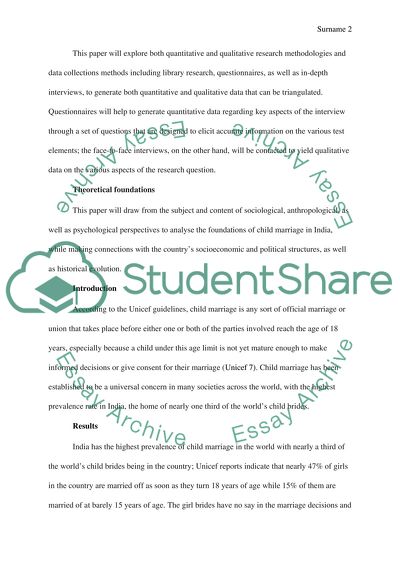Cite this document
(Forced Child Marriage in India Case Study Example | Topics and Well Written Essays - 1750 words, n.d.)
Forced Child Marriage in India Case Study Example | Topics and Well Written Essays - 1750 words. https://studentshare.org/sociology/1816299-forced-child-marriage-in-india-modern-slavery
Forced Child Marriage in India Case Study Example | Topics and Well Written Essays - 1750 words. https://studentshare.org/sociology/1816299-forced-child-marriage-in-india-modern-slavery
(Forced Child Marriage in India Case Study Example | Topics and Well Written Essays - 1750 Words)
Forced Child Marriage in India Case Study Example | Topics and Well Written Essays - 1750 Words. https://studentshare.org/sociology/1816299-forced-child-marriage-in-india-modern-slavery.
Forced Child Marriage in India Case Study Example | Topics and Well Written Essays - 1750 Words. https://studentshare.org/sociology/1816299-forced-child-marriage-in-india-modern-slavery.
“Forced Child Marriage in India Case Study Example | Topics and Well Written Essays - 1750 Words”. https://studentshare.org/sociology/1816299-forced-child-marriage-in-india-modern-slavery.


